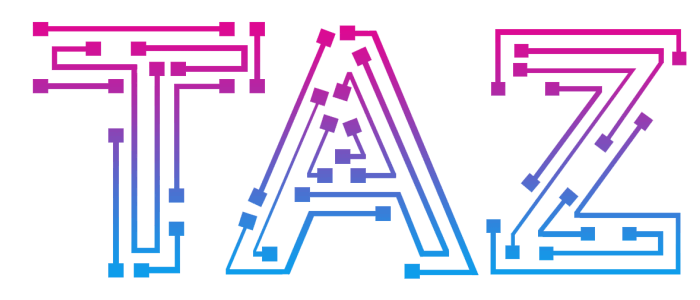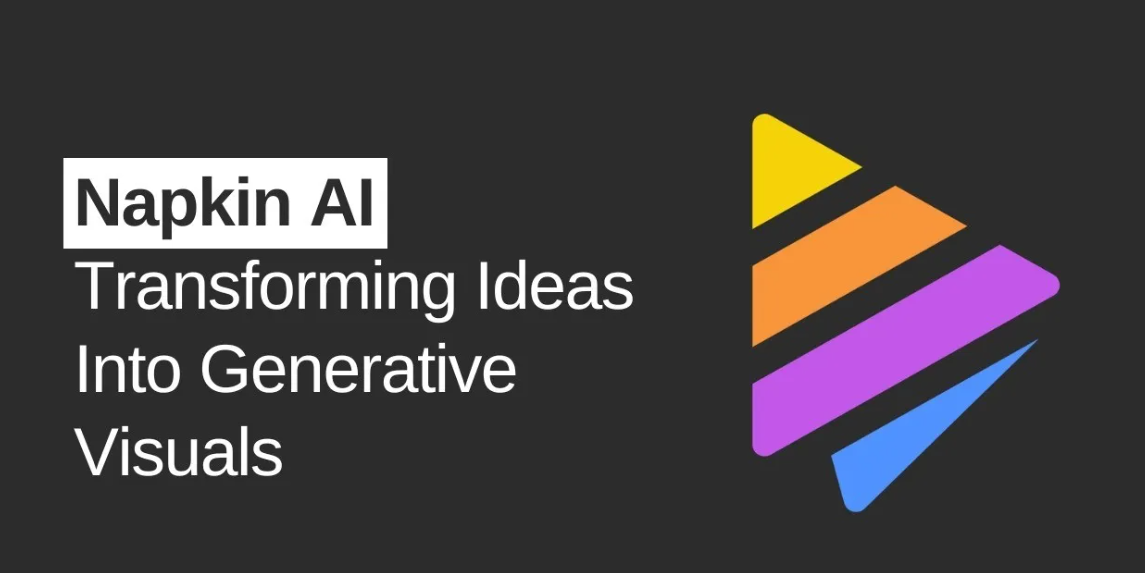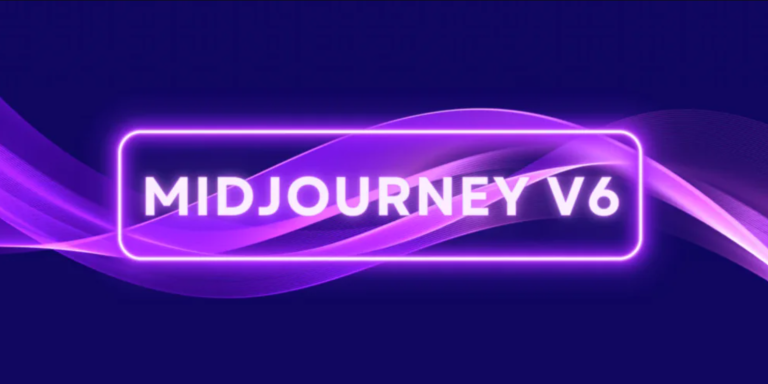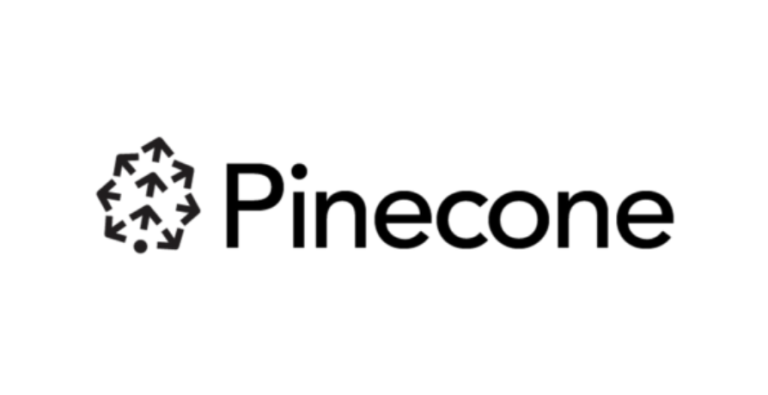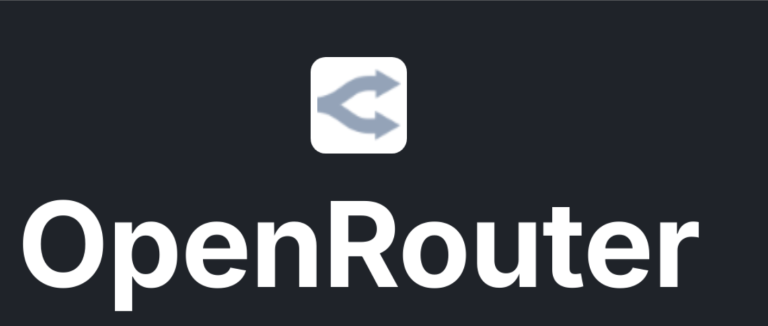Last updated: May 2025
Introduction
Diagram generation has been transformed by AI, with tools now capable of converting natural language prompts into sophisticated visual representations. The most advanced solutions can create everything from complex flowcharts and architectural diagrams to system designs and data visualizations. Our 2025 evaluation examines the most powerful AI diagram generation tools available, comparing their capabilities, ease of use, and specialized features for various diagramming needs.
Evaluation Criteria
- Generation Quality: Accuracy and visual appeal of generated diagrams
- Input Flexibility: Ability to generate from text, code, data, or verbal descriptions
- Diagram Types: Range of diagram formats supported
- Customization: Ability to refine and modify generated diagrams
- Export Options: Available output formats and resolution quality
- Integration Capabilities: Compatibility with other tools and platforms
- Learning Curve: Ease of use for technical and non-technical users
- Collaboration Features: Support for team editing and feedback
- Pricing Structure: Value relative to capabilities and competitors
Top AI Diagram Generation Tools
1. Mermaid AI Studio
Strengths:
- Exceptional code-to-diagram conversion capabilities
- Superior support for technical and system architecture diagrams
- Advanced natural language understanding for complex diagram specifications
- Excellent integration with development environments and documentation platforms
- Powerful version control and diagram history tracking
Weaknesses:
- Steeper learning curve for non-technical users
- Less sophisticated styling options compared to design-focused alternatives
Pricing:
- Free tier: Basic diagram generation with limitations
- Professional: $19/month (full features, unlimited diagrams)
- Team: $15/user/month (5+ users, collaboration features)
- Enterprise: Custom pricing with advanced security and integration options
Best For:
- Software developers and system architects
- Technical documentation teams
- DevOps and infrastructure engineers
2. Diagram GPT Pro
Strengths:
- Superior natural language understanding for diagram generation
- Excellent balance of simplicity and power
- Strong iterative refinement through conversation
- Impressive range of diagram types supported
- Integration with major productivity platforms
Weaknesses:
- Limited advanced technical diagram features
- Fewer export format options than specialized competitors
Pricing:
- Basic: Free (5 diagrams/month)
- Standard: $12/month (unlimited diagrams, basic collaboration)
- Premium: $25/month (all features, priority processing)
- Business: $20/user/month (team management, advanced security)
Best For:
- Business analysts and project managers
- Knowledge workers requiring quick diagram creation
- Teams with mixed technical skills
3. Lucidchart AI
Strengths:
- Superior collaborative features and real-time editing
- Excellent integration with enterprise platforms
- Strong business process and organizational chart capabilities
- Advanced presentation and sharing features
- Robust template library with AI customization
Weaknesses:
- Less advanced natural language understanding than top competitors
- Higher pricing for full feature access
Pricing:
- Free: Limited features and diagrams
- Individual: $11.95/month (basic AI features)
- Team: $13.50/user/month (full AI features, collaboration)
- Enterprise: Custom pricing (advanced security, integrations)
Best For:
- Enterprise teams requiring robust collaboration
- Business process modeling professionals
- Organizations using Lucid’s existing ecosystem
4. Excalidraw AI
Strengths:
- Outstanding hand-drawn aesthetic with AI generation
- Excellent creative and whiteboarding capabilities
- Intuitive and accessible interface for all skill levels
- Strong real-time collaboration features
- Open-source core with premium AI extensions
Weaknesses:
- Less suitable for formal technical or business diagrams
- More limited advanced features for complex diagrams
Pricing:
- Free: Core features with basic AI generation
- Plus: $8/month (enhanced AI capabilities, unlimited storage)
- Team: $7/user/month (team libraries, priority support)
- Enterprise: Custom pricing (advanced security, administration)
Best For:
- UX/UI designers and creative professionals
- Teams using visual brainstorming and ideation
- Educational settings and workshops
5. Draw.io Intelligence
Strengths:
- Excellent value with robust free tier
- Strong integration with multiple storage platforms
- Privacy-focused with offline capabilities
- Comprehensive diagram type support
- Powerful template-based generation
Weaknesses:
- Less advanced natural language processing than leaders
- Interface less streamlined for AI generation workflow
Pricing:
- Free: Core platform with basic AI features
- Professional: $8/month (enhanced AI generation, priority processing)
- Team: $6/user/month (team libraries, advanced collaboration)
- Enterprise: Custom pricing (on-premise options, advanced security)
Best For:
- Budget-conscious teams and individuals
- Privacy-focused organizations
- Users requiring integration with multiple platforms
Diagram Types Comparison
Various tools excel at different diagram types:
| Diagram Type | Top Tool | Notable Features |
|---|---|---|
| Software Architecture | Mermaid AI Studio | Component detection, relationship inference, automatic documentation links |
| Business Process | Lucidchart AI | BPMN compliance, process optimization suggestions, role recognition |
| ER/Database | Mermaid AI Studio | Schema import, relationship validation, normalization suggestions |
| Network Topology | Draw.io Intelligence | Device recognition, connection optimization, security visualization |
| Concept Maps | Diagram GPT Pro | Concept extraction, relationship inference, hierarchical organization |
| UI/UX Wireframes | Excalidraw AI | Component libraries, interactive prototyping, design system alignment |
| Org Charts | Lucidchart AI | Role detection, automatic layout, integration with HR systems |
| Mind Maps | Diagram GPT Pro | Topic expansion, balanced branching, idea clustering |
Generation Method Comparison
AI diagram tools offer various input methods:
Natural Language
Best Tool: Diagram GPT Pro
Example Prompt: “Create a flowchart showing the customer onboarding process with 5 main steps including sign-up, verification, profile completion, welcome email, and product tour.”
Key Advantages: Accessibility for non-technical users, conversational refinement, contextual understanding
Code/DSL Conversion
Best Tool: Mermaid AI Studio
Example Input: Various programming languages or diagram-specific syntax
Key Advantages: Precision control, integration with development workflows, version control compatibility
Data-Driven Generation
Best Tool: Lucidchart AI
Example Input: CSV files, database connections, API endpoints
Key Advantages: Automatic updates from data sources, quantitative accuracy, complex relationship visualization
Visual Sketching + AI Refinement
Best Tool: Excalidraw AI
Example Input: Rough hand-drawn elements with text annotations
Key Advantages: Intuitive creativity, maintains human touch, combines spontaneity with precision
Integration Capabilities
Modern AI diagram tools integrate with various platforms:
- Development Environments: Mermaid AI Studio (VSCode, JetBrains, GitHub)
- Documentation: Mermaid AI Studio, Draw.io Intelligence (Confluence, Notion, Google Docs)
- Productivity Suites: Lucidchart AI, Diagram GPT Pro (Microsoft Office, Google Workspace)
- Project Management: Lucidchart AI, Draw.io Intelligence (Jira, Asana, Monday)
- Design Tools: Excalidraw AI (Figma, Adobe XD)
Technical Diagram Deep Dive
For software architecture and technical diagrams, the leading tools offer specialized capabilities:
Code Analysis & Diagram Generation
Top Tool: Mermaid AI Studio
Can analyze codebases to automatically generate architecture diagrams, class hierarchies, and dependency maps with high accuracy. The 2025 version adds support for 17 programming languages and can identify architectural patterns.
Infrastructure as Code Visualization
Top Tools: Mermaid AI Studio, Draw.io Intelligence
These tools can parse Terraform, CloudFormation, and other IaC formats to create comprehensive infrastructure diagrams with security and cost annotations.
API Documentation
Top Tool: Diagram GPT Pro
Automatically generates comprehensive API diagrams from OpenAPI/Swagger specifications, with endpoint relationships, authentication flows, and data models.
Conclusion
AI-powered diagram generation tools have dramatically improved the speed and quality of visual communication. Whether you’re a software developer documenting complex systems, a business analyst modeling processes, or a team collaborating on concepts, there’s now an AI solution tailored to your needs. The best tool for you depends on your specific diagram types, technical requirements, and integration needs. For technical users, Mermaid AI Studio offers unmatched capabilities, while Diagram GPT Pro provides the most accessible experience for general users. Consider your team’s skills, diagram complexity, and required integrations when making your selection.
FAQs
Q: How accurate are AI-generated technical diagrams?
A: The accuracy of AI-generated technical diagrams has improved significantly by 2025, with specialized tools achieving 90-95% accuracy for standard architectural patterns and system designs. However, accuracy varies based on several factors: 1) Input specificity – detailed prompts or code produce more accurate results than vague descriptions; 2) Domain complexity – common architectures (e.g., web applications, microservices) are represented more accurately than highly specialized or custom systems; 3) Tool specialization – domain-specific tools like Mermaid AI Studio achieve higher accuracy for technical diagrams than general-purpose options. The most effective approach combines AI generation with human verification, using the AI to create the initial diagram structure and relationships, then reviewing and refining the output. Leading tools now include confidence indicators for different diagram elements, highlighting areas that may need human review, and provide explanation features that document how the AI interpreted your input to create specific diagram components.
Q: Can these tools update diagrams automatically when code or systems change?
A: Yes, modern AI diagram tools offer various automatic update mechanisms as of 2025: 1) Continuous integration pipelines – tools like Mermaid AI Studio integrate with CI/CD workflows to regenerate diagrams when code is committed or deployed, with smart diffing to highlight changes; 2) Version control integration – diagrams can be linked to specific repository versions and automatically updated when code changes are detected; 3) Live data connections – tools like Lucidchart AI and Draw.io Intelligence support connections to databases, APIs, and infrastructure monitoring tools to reflect real-time system states; 4) Change detection agents – some enterprise solutions include monitoring agents that can detect infrastructure or architecture changes and trigger diagram updates. The most advanced tools employ selective updating, preserving manual customizations while modifying only the sections affected by underlying changes. These capabilities are particularly valuable for maintaining living documentation that remains accurate even as systems evolve. For organizations with rapidly changing environments, these automatic update features can save significant maintenance time and prevent documentation drift.
Q: What security considerations should teams be aware of when using AI diagram tools?
A: When using AI diagram tools, teams should consider several security aspects: 1) Data processing location – understand whether your diagrams and associated data are processed locally or sent to cloud services, particularly important for sensitive system architecture or infrastructure diagrams; 2) Intellectual property protection – ensure the terms of service clarify ownership and whether your diagrams inform the AI’s training data; 3) Integration security – evaluate the security of connections to code repositories, databases, or other systems, particularly for tools that automatically update diagrams; 4) Access controls – verify the tool offers appropriate user permissions and sharing restrictions, especially for diagrams containing sensitive information; 5) On-premises options – for highly regulated industries, tools like Draw.io Intelligence and Mermaid AI Studio offer enterprise editions that can run entirely within your security perimeter. Many organizations implement additional safeguards such as sanitizing sensitive information before diagram generation, using aliased names for critical systems, or implementing security review workflows before diagrams are shared. Look for tools that support your organization’s compliance requirements (GDPR, HIPAA, SOC 2, etc.) and offer audit logs for diagram creation and access.
Disclaimer: Rankings are based on market research, user reviews, and expert analysis as of May 2025. Prices and features may have changed since publication.

